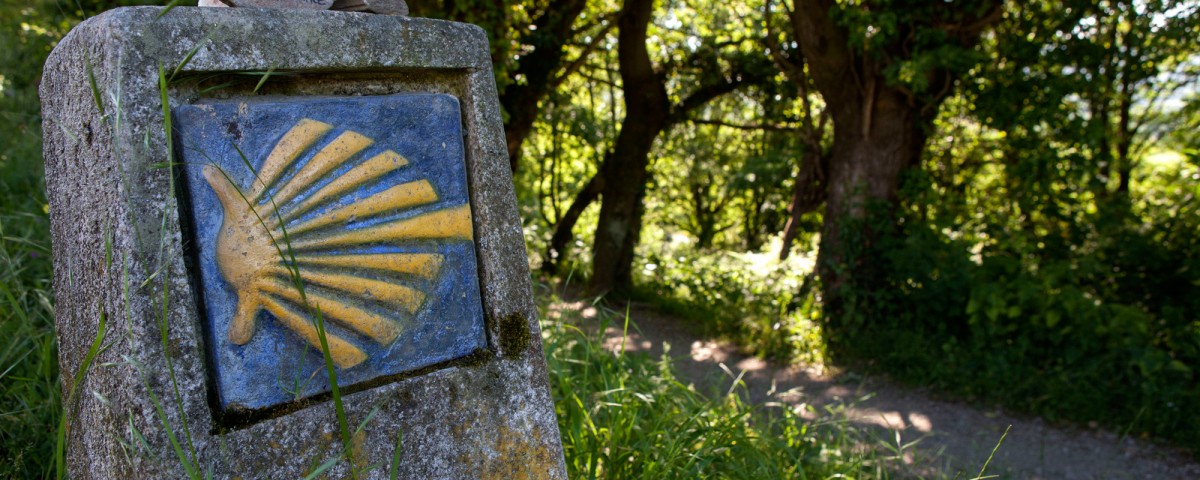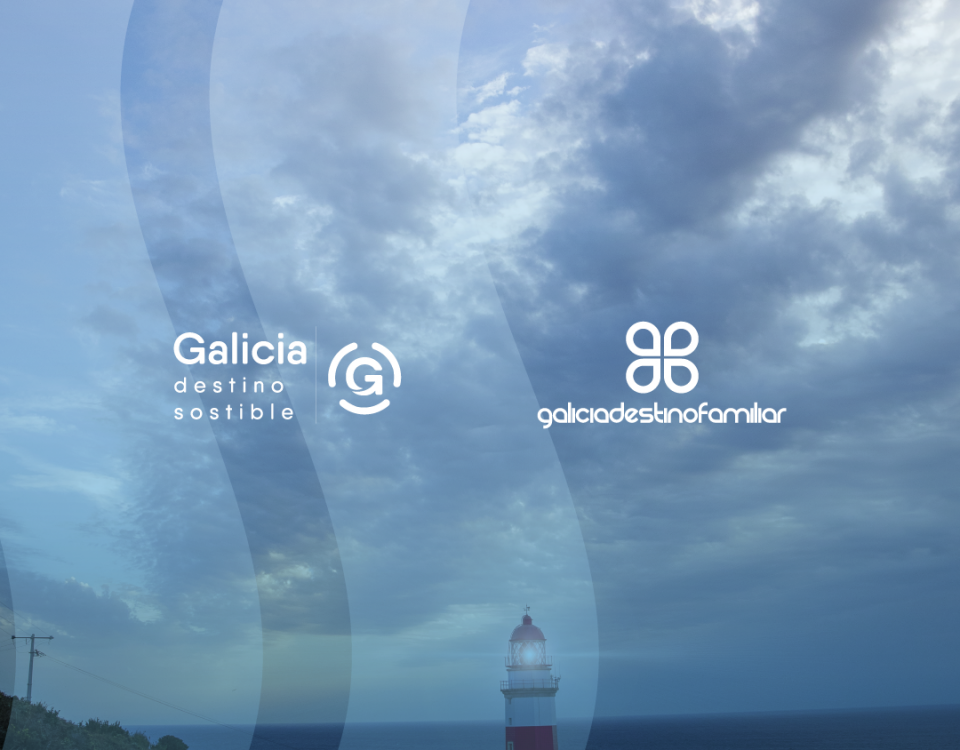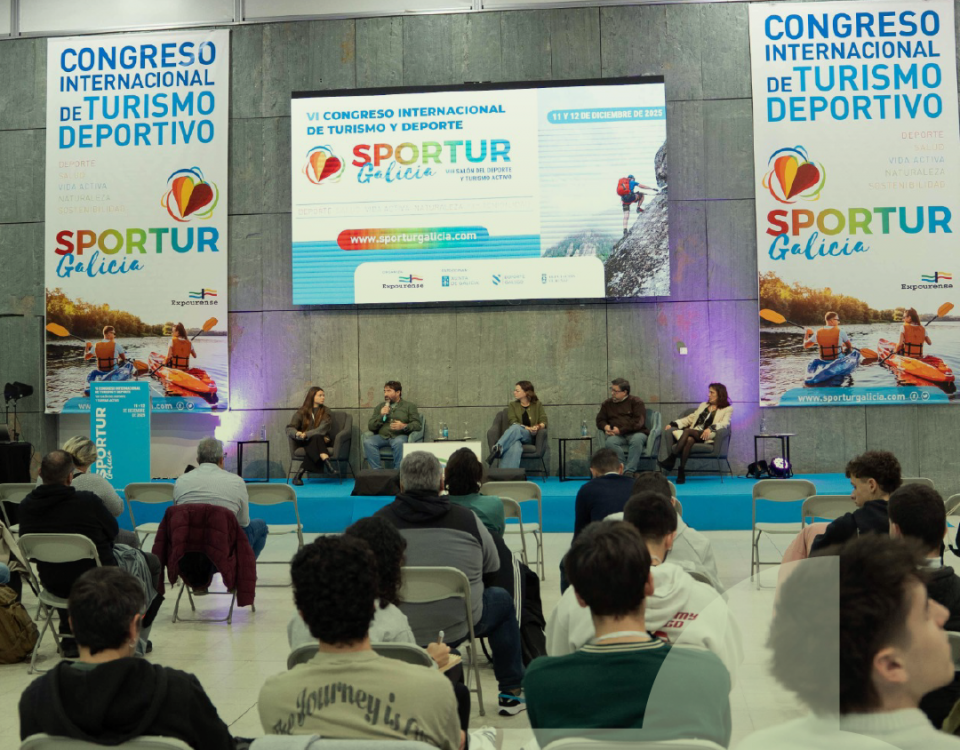- El mejor turismo de galicia
Alto nivel de satisfacción de peregrinos e veciños do Camiño de Santiago, segundo un estudo que destaca que a Ruta Xacobea non está saturada
Alto nivel de satisfacción de peregrinos e veciños do Camiño de Santiago, segundo un estudo que destaca que a Ruta Xacobea non está saturada
Un estudo da USC constata que a capacidade de acollida dos camiños de Santiago é superior á actual e mostra a satisfacción do peregrino
O estudo da USC sobre o impacto socioeconómico do Camiño de Santiago descarta unha posible saturación, a pesar de que detecta elevadas densidades de ocupación puntuais en etapas concretas e en xornadas do verán. Esta é unha das conclusións do estudo, cuxa primeira parte se presentaba hai algunhas semanas, e que vén completar o coñecemento e impacto que o peregrino do Camiño Francés ten sobre o territorio e os seus habitantes.
Neste sentido, esta segunda parte do estudo, titulada Perfís, dinámicas e percepción dos peregrinos, constata que a capacidade de acollida real é moi superior ao número de peregrinos que fan a ruta xacobea actualmente. Descártase así unha posible saturación, a pesar de que existen elevadas densidades de ocupación puntuais concentradas en etapas concretas e en días do verán.
O estudo foi realizado pola Universidade de Santiago de Compostela (USC) por iniciativa da Xunta de Galicia co obxectivo de coñecer a realidade da peregrinación para facilitar a toma de decisións tanto das administracións públicas como das entidades privadas e contribuír á xeración de coñecemento que poida ser empregado polos investigadores e divulgadores.
Para a súa elaboración, analizouse a capacidade de carga física, a capacidade de carga real e a capacidade de carga efectiva, tendo en conta aspectos como as horas de luz, a distancia mínima entre grupos ou posibles condicionantes meteorolóxicos, sociais e ambientais. Entre as súas conclusións destaca especialmente que a percepción dunha alta afluencia é unha realidade subxectiva para un amplo número de peregrinos e non se reflicte que sexa un elemento que cambie a súa valoración positiva da experiencia. De feito, obsérvase un nivel de satisfacción moi alto: para un 64% dos peregrinos, a experiencia foi mellor ou moito mellor do esperado e só un 5,8% afirma que resultou menor do previsto. Esta valoración propicia que o 98,6% dos peregrinos recomenden facer o Camiño de Santiago. Ademais, ata unha 53% confesa que, con seguridade, repetirá a experiencia percorrendo outro dos itinerarios e un 31% prevé que volverá peregrinar pola mesma ruta xacobea. Ademais, a análise establece que n 75% dos galegos afirma que lle agrada a presenza dos camiñantes e a inmensa maioría non considera que o volume sexa excesivo en ningún momento do ano
O 83% regresará como turista
O estudo tamén se detén en analizar os perfís dos peregrinos. Neste sentido, compróbase que o Camiño de Santiago destaca pola súa diversidade. Os peregrinos non se recoñecen como turistas, pero si poden chegar a selo no futuro, pois ata un 83% declara que volverá. En concreto, obsérvanse dous grupos diferenciados, en función de se peregrinan sós ou en grupo.
Nos primeiros, hai tres categorías: experto (nacional, repite, curto e longo percorrido, con idades entre 40 e 50 anos, que se ve como peregrino e con conciencia crítica), tradicional (estranxeiro, non repite, longo percorrido, con idades entre 20 e 40 anos e de máis de 60 e peregrino) e viaxeiro (estranxeiro, non repite, longo percorrido, novo e vese como viaxeiro).
En canto aos peregrinos en grupo, distínguense os seguintes: moderno (nacional, non repite, curto percorrido, que se ve como peregrino, cun relevante peso feminino e moi satisfeito coa experiencia), lúdico (multinacional, curto e medio percorrido, con diferentes perfís de lecer e conciencia crítico) e nova (nacional, non repite, curto percorrido e que se ve como viaxeiro).
Aposta polo turismo responsable
“Son datos que falan dunha realidade da que Galicia é protagonista e que fan posible os galegos?, sinalou Nava Castro, quen apuntou a vontade do Goberno galego por continuar traballando por mellorar e liderar a peregrinación, convertida nun referente internacional na súa xestión e na súa promoción. Nesa liña enmárcase o Estudo do impacto socioeconómico do Camiño de Santiago que, como lembrou a directora, é de gran importancia para seguir diversificando os fluxos de peregrinos. ?Hoxe recibimos máis peregrinos, por máis rutas e durante máis meses que hai 15 anos?, detallou. Respecto diso, indicou que, como parte da estratexia autonómica, o Camiño Francés comparte cada vez máis protagonismo co resto de itinerarios oficiais e que meses como xullo e agosto cederon peso na afluencia en favor doutros, unha liña na que animou a perseverar.
O estudo apunta retos e oportunidades a ter en conta no futuro en base ás diferentes conclusións obtidas. Entre eles están o impulso da tempada baixa, desestacionalizando a chegada de peregrinos en favor dos meses no que a actividade descende ou atraer a outros visitantes durante épocas nas que, polos condicionantes xeográficos e meteorolóxicos, hai maiores dificultades para facer o Camiño de Santiago. Tamén se detectan oportunidades na gobernación de itinerarios como o Camiño de Fisterra e Muxía, con singularidades propias.









